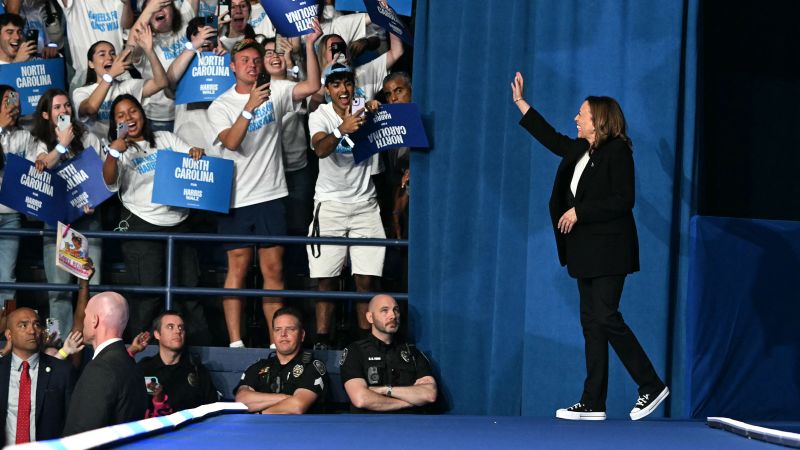Jen O’Malley Dillon, the campaign chair for Kamala Harris, held a leadership retreat for top aides in which she emphasized that Harris did not have a sure path to 270 electoral votes. Internal numbers showed Pennsylvania as a possible win, while North Carolina was looking more favorable this time around compared to Arizona. Nevada and Georgia also seemed possible, but the campaign was cautious, as Trump still had a good position to win if the election was held soon. Despite Harris’ strong debate performance, the campaign was aware that there was still work to be done to secure victory.
The Harris campaign was focused on reaching the undecided voters in battleground states and building momentum to counter Trump’s devoted base. They planned targeted events, such as a rally with the National Association of Black Journalists, to capitalize on Harris’ appeal and expand their support base. While there was a quiet confidence in the campaign, they recognized that the election would be a grind until Election Day and beyond, requiring constant effort and engagement with voters.
Harris’ advisers were analyzing data from the debate and planning innovative appearances to maintain momentum and capture attention. They were considering unconventional tactics, such as reaching out to Taylor Swift for campaign concerts and focusing on online engagements with influencers like Oprah Winfrey. There was a push for breakthrough moments and creative strategies to keep Harris in the spotlight and energize supporters.
David Plouffe, a key adviser to Harris, was leading the campaign’s efforts to secure breakthrough moments and innovative appearances. There was a tension in the campaign between different factions, but it was not as dysfunctional as Harris’ previous bid in 2019. The retreat provided an opportunity for aides to regroup and share information on the complex political landscape and potential paths to victory in the upcoming election.
Democrats were cautiously optimistic about the campaign’s prospects, with a focus on translating summer enthusiasm into fall work without losing momentum. They recognized the need for traditional campaign activities, such as phone calls and door knocking, along with unique strategies to engage voters and maintain excitement. Obama’s involvement in the campaign was expected to be significant, with plans for online influencer engagements and campaign rallies to drive voter turnout.
Democrats were confident in their ground game against Trump, believing they had an edge in organizing and mobilizing volunteers. They acknowledged the challenge of reaching non-responsive voters and those who do not engage with traditional media. With Obama and other key figures involved in the campaign, there was a strong push to leverage social media and non-traditional methods to reach a wide audience and mobilize support for Harris.


